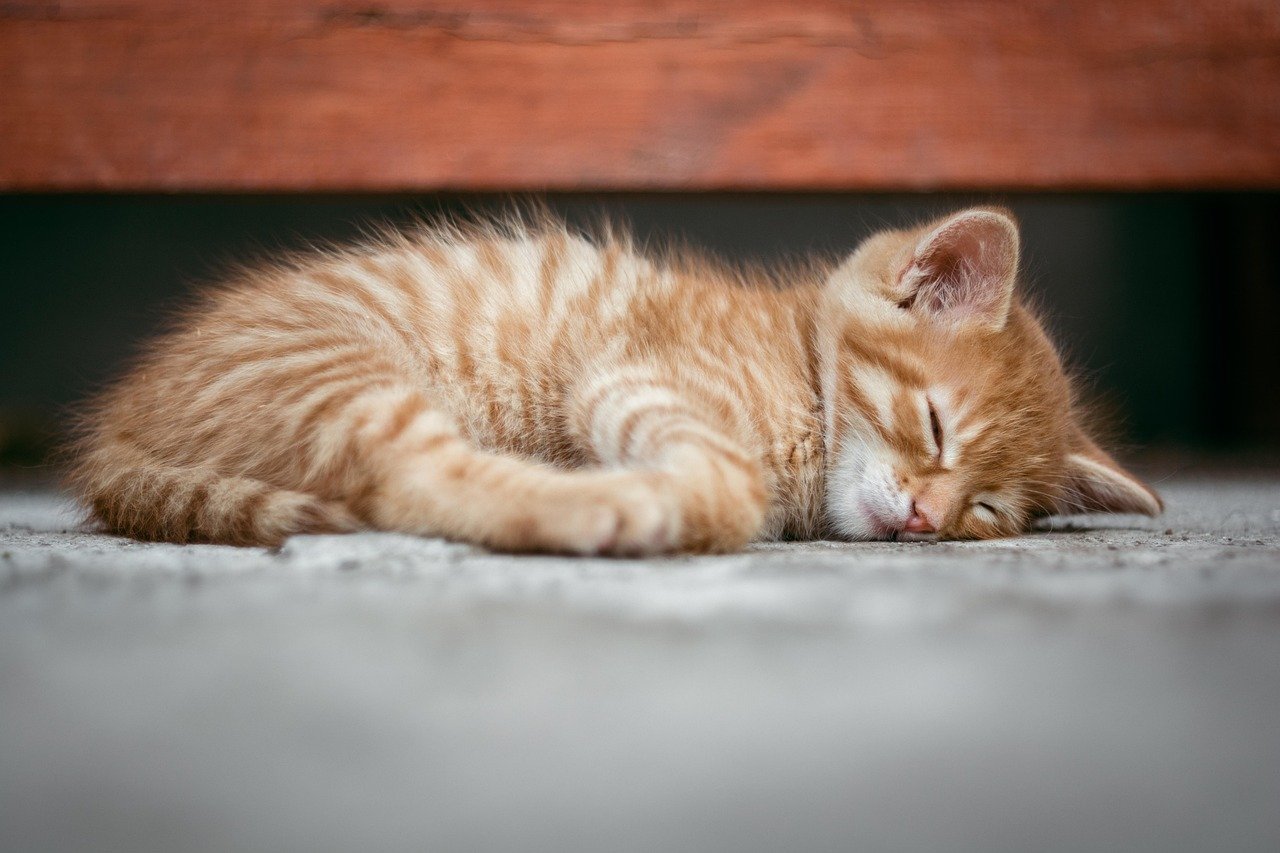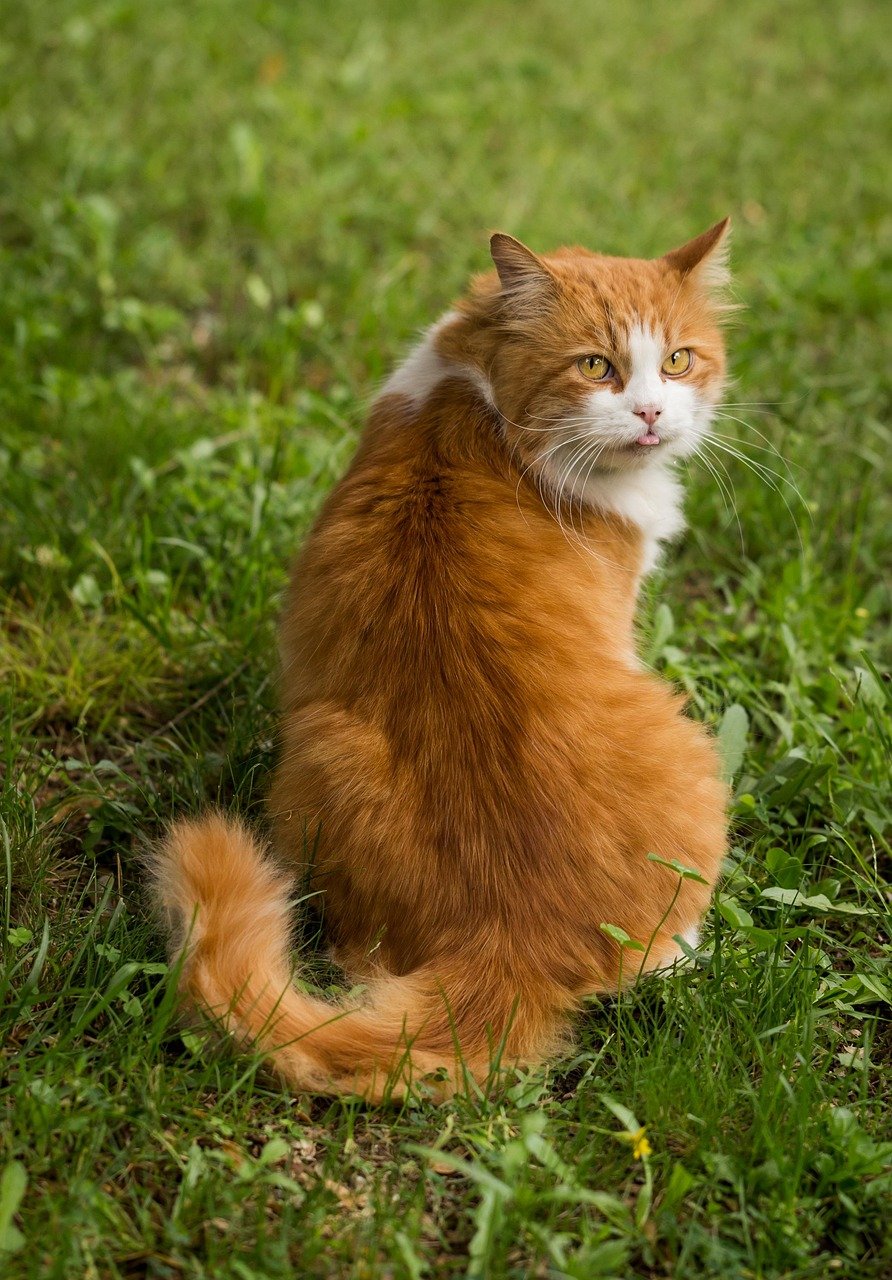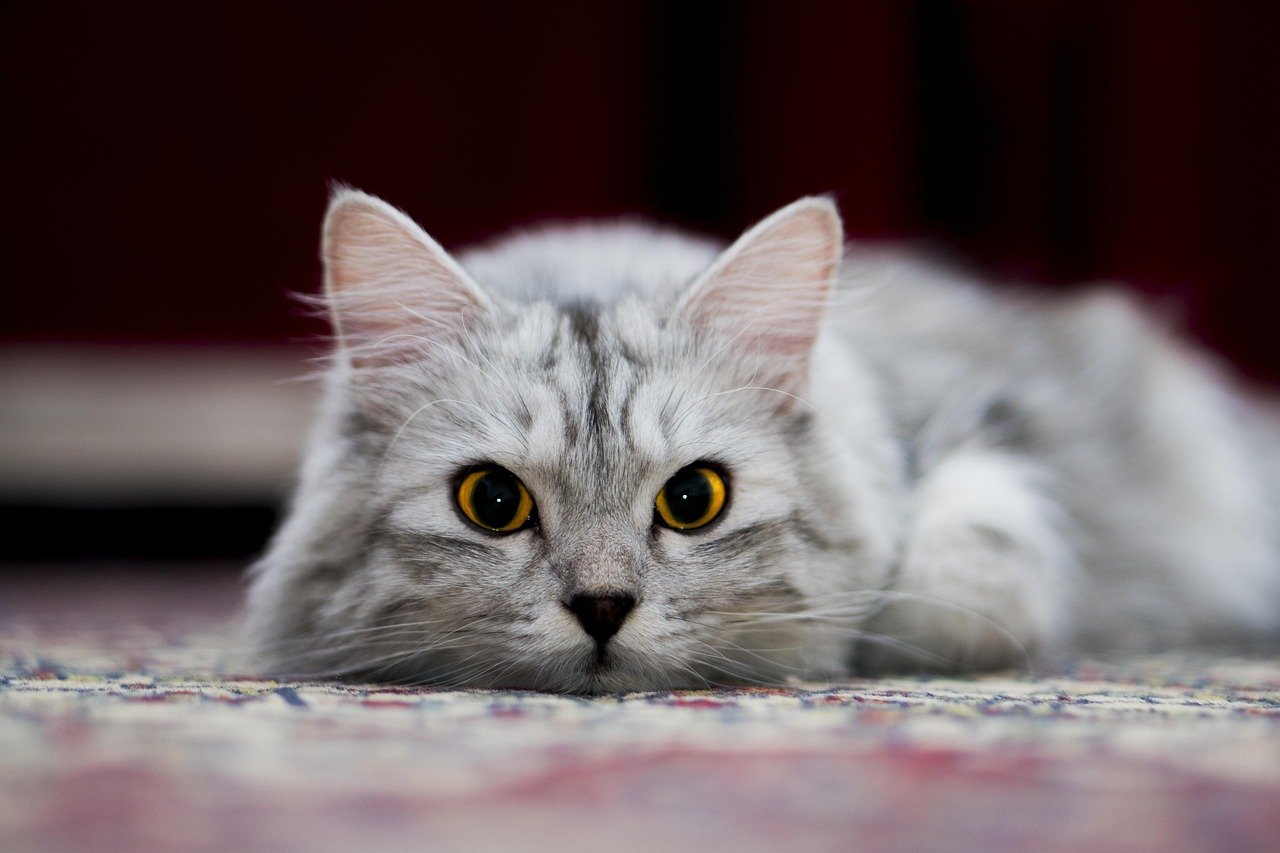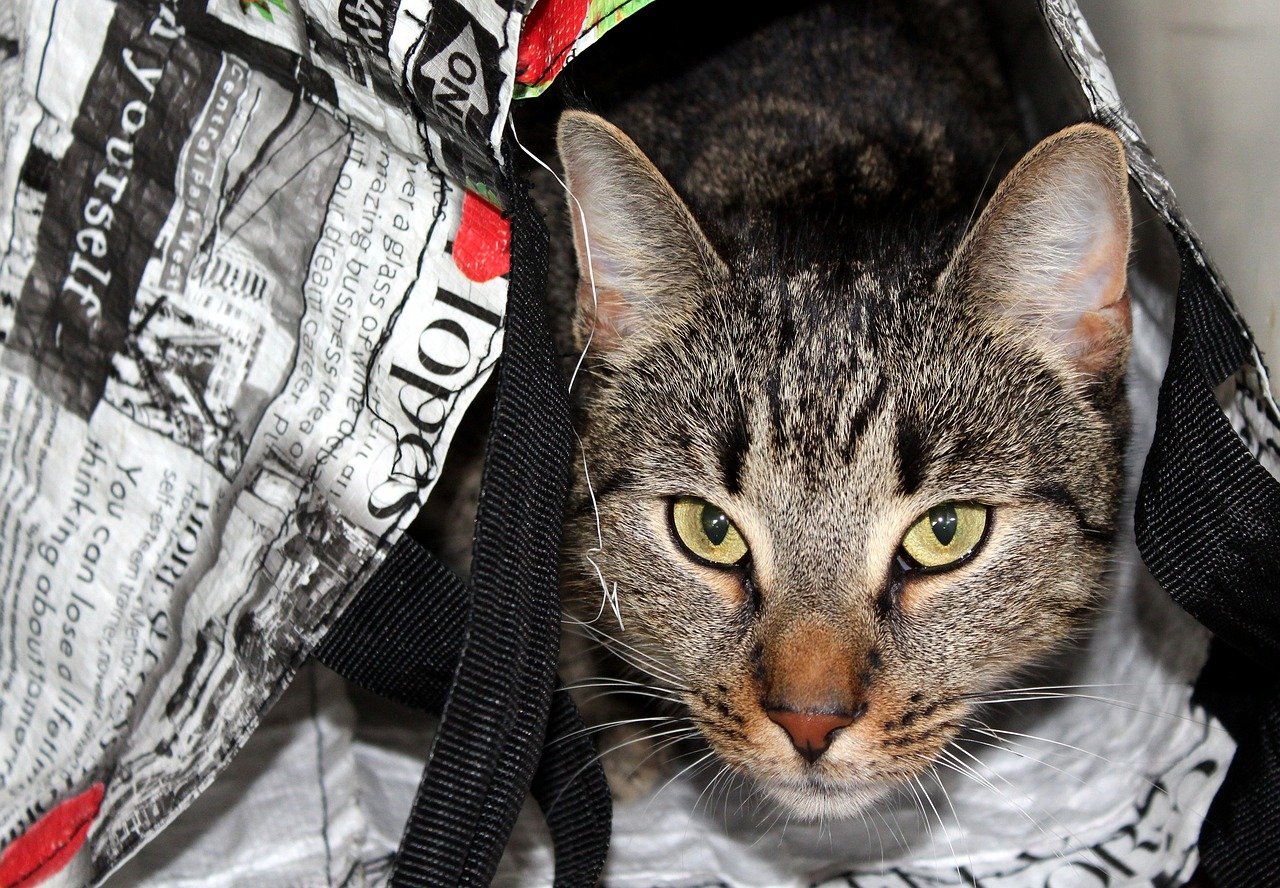Have you ever gazed into your cat’s eyes and wondered if they truly understand you? The connection between cats and their people is far deeper than most realize. Over time, our feline friends don’t just tolerate us—they tune in to our emotions, habits, and personalities in ways that can be surprisingly profound. Whether you’re feeling joyful, anxious, or somewhere in between, your cat is likely adapting to you in ways you never imagined. Let’s explore the fascinating, heartwarming ways cats emotionally attune themselves to us, transforming from independent creatures to empathetic companions.
Recognizing Your Mood Swings

Cats have an uncanny ability to sense shifts in your mood, even if you haven’t said a word. If you come home feeling down, your cat might approach more slowly or sit quietly nearby, as if offering silent support. On happier days, you may notice your cat is more playful or vocal, mirroring your upbeat energy. Over time, cats learn to associate your body language, tone of voice, and even your scent with specific emotions. These observations guide how they interact with you daily. It’s as if your cat has developed a unique emotional radar tuned just for you. This emotional sensitivity is not only endearing but also demonstrates your cat’s growing attachment and understanding.
Adjusting Sleep Schedules to Match Yours

While cats are naturally crepuscular, meaning they are most active at dawn and dusk, many will gradually adapt their sleep patterns to align with their human’s routines. If you’re a night owl, you might find your cat lively and playful in the evenings, eager to keep you company. Early risers may notice a furry alarm clock, ready to greet the day at the first sign of movement. Over months and years, your cat’s internal clock subtly shifts, allowing for more synchronized moments of rest and activity. This adaptation helps strengthen your bond, as shared routines foster feelings of companionship. It’s a subtle, yet powerful way your cat shows emotional flexibility.
Responding to Your Voice and Words

Cats might not understand every word you say, but they become experts at interpreting your tone and intent. With time, your cat will start to recognize key phrases like “treat,” “dinner,” or even their own name. More importantly, they pick up on the emotional undertones in your voice. A gentle, loving tone often draws them closer, while a sharp or upset voice may send them scurrying away. This sensitivity isn’t accidental; it’s your cat’s way of responding to your emotional cues. Their reactions become more personalized as they grow to know you better, making communication feel almost effortless. This mutual understanding creates a unique language between you and your feline friend.
Offering Comfort During Stressful Times

There’s something almost magical about the way cats seem to appear at your side when you need comfort most. Many cat owners report that their pets become extra affectionate during times of sadness, illness, or stress. Your cat may curl up on your lap, purr loudly, or gently nuzzle you, offering silent reassurance. These actions are not random; they develop as your cat learns to associate certain signals—like crying or a change in routine—with your distress. Over time, their comforting behaviors become more tailored and intuitive. This nurturing response is one of the clearest signs that your cat has adapted to your emotional needs.
Adapting Play Styles to Your Preferences

Not all cats play the same way, and much of their playfulness is influenced by their human companions. If you enjoy energetic games with wand toys or laser pointers, your cat is likely to become more animated and adventurous. On the other hand, if you prefer quieter, more relaxed interactions, your cat may adapt by engaging in gentle pawing or slow, deliberate pouncing. This adjustment isn’t just about play—it’s about tuning into your personality and mood. By mirroring your preferred play style, your cat deepens the emotional bond you share. The result is a more enjoyable, harmonious relationship for both of you.
Mirroring Your Energy Levels

Cats are keen observers, often reflecting the energy they sense in their environment. If you’re bustling around the house, your cat may become more curious and active, exploring alongside you. On lazy afternoons, you might find your cat snoozing nearby, matching your relaxed pace. This mirroring is a subtle form of emotional adaptation, signaling that your cat feels in sync with you. Over time, the synchronization of energy creates a rhythm unique to your household. It’s a beautiful, unspoken way your cat says, “I’m with you, no matter what pace you set.”
Adapting to Your Social Life

Some cats are naturally shy, while others are social butterflies. However, over time, many cats adjust their social behavior to reflect their owner’s lifestyle. If you frequently have guests, your cat may become more outgoing, learning to tolerate or even enjoy new faces. In quieter homes, cats often remain more reserved, preferring the familiar company of their human. This adaptation demonstrates your cat’s willingness to fit into your social world. It’s a testament to their flexibility and desire to be part of your life, no matter how busy or peaceful it may be.
Changing Greeting Rituals

Greeting rituals between cats and their humans can evolve significantly over time. At first, your cat may greet you with cautious glances or distant meows. As trust grows, these greetings become more enthusiastic—rubbing against your legs, chirping, or even bringing you “gifts” like toys. Cats learn which greetings elicit your happiest responses and adapt accordingly. This ongoing adjustment turns everyday hellos and goodbyes into cherished moments of connection. It’s a small but meaningful way your cat expresses emotional growth and attachment.
Learning to Respect Your Boundaries

Cats are independent by nature, but they also become attuned to their human’s personal boundaries. If you dislike being jumped on while working, your cat may eventually learn to sit quietly nearby instead. Conversely, if you love cuddles, your cat might become more physically affectionate over time. This respect for boundaries is a sign of deepening trust and understanding. It shows that your cat isn’t just coexisting with you—they’re actively learning how to make your shared life more comfortable. This ongoing process of adaptation leads to a stronger, more respectful bond.
Adjusting to Changes in Your Routine

Life is full of surprises—new jobs, moves, or changes in daily schedules. Remarkably, cats are able to adapt to these shifts, often with impressive resilience. At first, they might seem unsettled, but as they observe your new patterns, they adjust their own behaviors to maintain connection. Whether it’s waking up earlier, waiting patiently for your return, or finding new favorite napping spots, your cat’s flexibility is a quiet testament to their emotional commitment. These adaptations help both you and your cat navigate life’s transitions together.
Responding to Physical Affection

Not all cats are lap loungers at the start, but over time, many grow to seek out and reciprocate physical affection. Your cat may begin by sitting nearby, then gradually work their way onto your lap or shoulder as trust builds. They often learn which types of touch you prefer—gentle strokes, chin scratches, or soft pats—and respond in kind. This evolving dynamic is a beautiful example of emotional adaptation, as your cat learns to both give and receive love in ways that feel right for both of you. Every cuddle becomes a shared language of comfort and trust.
Vocalizing to Communicate Needs

Some cats are naturally chatty, while others are more reserved. Regardless, most cats develop a unique way of vocalizing to communicate with their specific person. Over time, they may create distinct sounds for different needs—short meows for food, trills for attention, or soft purrs for comfort. These vocalizations often become more nuanced and personalized as your relationship deepens. Your cat’s willingness to “talk” to you is a sign of emotional investment, reflecting their desire to connect and be understood.
Imitating Your Habits

Have you ever noticed your cat copying your daily habits? Whether it’s sitting in your favorite chair, following you from room to room, or even mimicking your stretching routine, these behaviors are more than coincidence. Cats often imitate the activities of those they feel close to, using observation as a way to bond. Over time, these shared habits can become endearing rituals, bringing a sense of unity to your daily life. This imitation is your cat’s subtle way of saying, “I want to be part of your world.”
Becoming More Attuned During Illness

Cats possess an extraordinary sensitivity to changes in their owner’s health. When you’re feeling under the weather, your cat may become more attentive—resting near you, offering gentle purrs, or simply being present. Some even adjust their activity levels, becoming quieter and more subdued to match your state. This behavior demonstrates a deep emotional adaptation, as your cat shifts focus from their own needs to providing comfort. The silent companionship of a cat during illness can be both healing and deeply touching.
Adjusting Hiding and Seeking Behaviors

At first, new cats may spend a lot of time hiding, seeking solitude as they adjust to their environment. With time and trust, these hiding behaviors often decrease, replaced by more frequent seeking of your company. Your cat learns there’s safety and comfort in your presence, and this shift marks a big step in emotional adaptation. As your bond grows, your cat may even seek you out for reassurance during storms or unfamiliar situations. This change is a powerful indicator of how much your cat values your relationship.
Tailoring Grooming Habits

Grooming is a natural behavior for cats, but some will extend this act to their human companions as a sign of affection. You might notice your cat gently licking your hand, face, or hair, especially during relaxed moments. Over time, these grooming behaviors can become more personalized, occurring when you seem most in need of comfort or connection. This mutual grooming is a form of social bonding, reflecting deep trust and emotional attunement. It’s a sweet, tangible way your cat shows they care.
Becoming Protective Over Time

Cats might not be guard dogs, but many develop protective instincts toward their favorite humans. You may notice your cat positioning themselves between you and visitors, or keeping a watchful eye during unfamiliar situations. Some even grow more alert and attentive if they sense you’re in distress or danger. This protective behavior is a clear sign of emotional adaptation, as your cat learns that your well-being is important. Their vigilance can be both reassuring and touching, a silent promise of loyalty.
Adjusting to Your Absences

Separation can be tough on both cats and humans, but many cats learn to cope with their owner’s absence in healthy ways. Over time, your cat might develop rituals to comfort themselves, such as napping in your favorite spot or playing with toys that carry your scent. When you return, their joy is often unmistakable—rushing to greet you, vocalizing, or purring loudly. This adaptation shows resilience and emotional growth, proving that your cat values your presence and misses you when you’re gone.
Changing Eating Habits to Fit Your Schedule

Meal times aren’t just about food; they’re also key bonding moments. Many cats adapt their eating patterns to match your routine, waiting patiently for breakfast or dinner alongside you. Some may even develop preferences for eating only when you’re present, associating your company with nourishment and safety. This shift in behavior is a sign of trust and emotional connection, turning a basic necessity into a shared ritual. The simple act of feeding becomes another thread in the tapestry of your relationship.
Increasing Trust and Vulnerability

Perhaps the most profound adaptation is the way cats gradually open up and show vulnerability. At first, your cat may keep a cautious distance, but over time, they’ll expose their belly, knead your lap, or nap deeply beside you. These acts of trust aren’t given lightly—they’re earned through patience, kindness, and mutual respect. As your cat lets down their guard, it’s a clear sign that they feel emotionally secure with you. This deepening trust is at the heart of every lasting human-cat bond.
Personalizing Their Affection

Every cat has a unique way of showing love, and these expressions often become more personalized over time. Whether it’s a special head butt, a gentle paw tap, or a quirky ritual only the two of you share, these gestures are your cat’s way of saying, “You matter to me.” Your cat learns what makes you smile and adapts their affection accordingly, creating a relationship that’s truly one-of-a-kind. These personalized expressions of love are the crowning achievement of emotional adaptation, turning your bond into something extraordinary.
Hi, I’m Bola, a passionate writer and creative strategist with a knack for crafting compelling content that educates, inspires, and connects. Over the years, I’ve honed my skills across various writing fields, including content creation, copywriting, online course development, and video scriptwriting.
When I’m not at my desk, you’ll find me exploring new ideas, reading books, or brainstorming creative ways to solve challenges. I believe that words have the power to transform, and I’m here to help you leverage that power for success.
Thanks for stopping by, Keep coming to this website to checkout new articles form me. You’d always love it!






